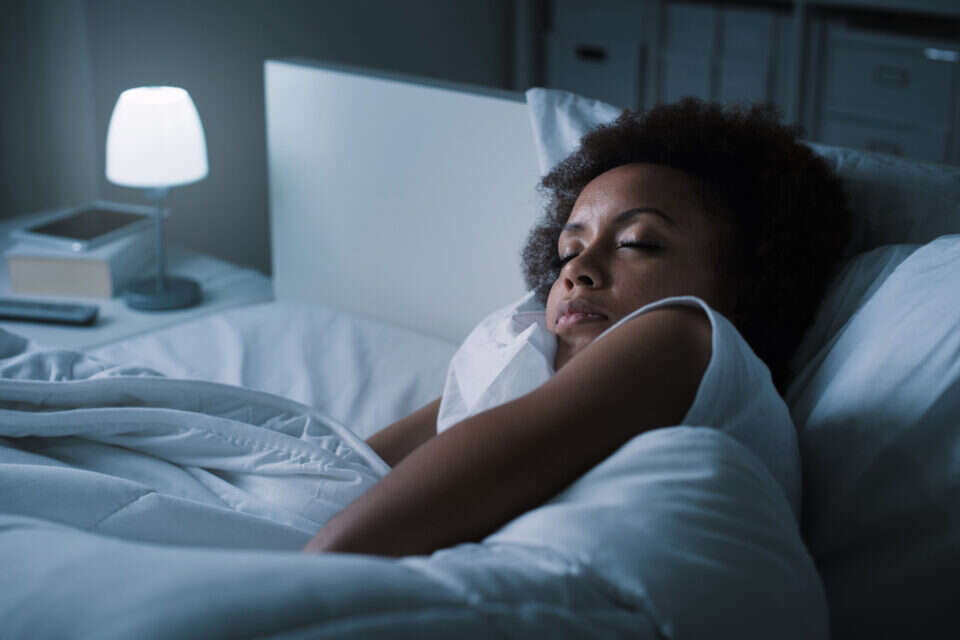Historian Roger Akirich spent a lot of time studying people's pre-industrial sleep habits—but for the discovery he encountered in the 90s, while working on his research, he wasn't prepared: instead of evidence of a long, restful night's sleep he had been expecting, he found what led him down an entirely different path. We used ChatGPT to dive into the depths of this historic discovery.
The unexpected testimony was hidden in a 1699 court affidavit, the testimony of a 9-year-old girl named Jane Routh. The girl said she and her mother were sitting at home when there was a knock on the window, and two men were standing outside. The mother went with them, but not before ordering her daughter to lie quietly and wait for the mother's return in the morning. The mother never returned, and a few days later her body was discovered and it turned out that she had been brutally murdered that night.
Jane's testimony did not help solve the murder mystery, and the case was never solved. But her story opened Akkirch's eyes. Because Jane said it happened just after she woke up from her "first sleep"—a concept previously unfamiliar to him. He searched for more references to him and discovered many of them in various literature, diaries and cultural records. Throughout history, he found out, humans used to sleep twice a night: the first time from about nine in the evening until eleven in the evening, after which people would wake up, perform various nocturnal activities, and before midnight they would return to their beds for the "second sleep," or "big sleep," which lasted until morning.
As mentioned, Akirach found many references to this sleep pattern – not only in England, but around the world – from Europe and Asia, through Africa to Australia and America. So what happened to this ancient custom over the past few centuries?
Akirach estimates that the division of sleep into two declined in parallel with the Industrial Revolution. Artificial lighting, especially gas- and electricity-powered lighting, extended waking hours, compressing sleep hours into one sequence. The need to wake up at a certain time in the middle of sleep, only to return to it later, is eventually erased in favor of more continuous sleep.
Today, our sleep patterns have evolved, and even the very fact that it was once customary to divide sleep into two has been forgotten and considered a sensational discovery. Akkirch points out that today, people who tend to wake up in the middle of sleep and fall asleep again later are anxious about it, since the society around them perceives it as an unnatural state – but in fact, continuous sleep is a modern habit, while human nature seems to encourage splitting the hours of sleep.
Wrong? We'll fix it! If you find a mistake in the article, please share with us

